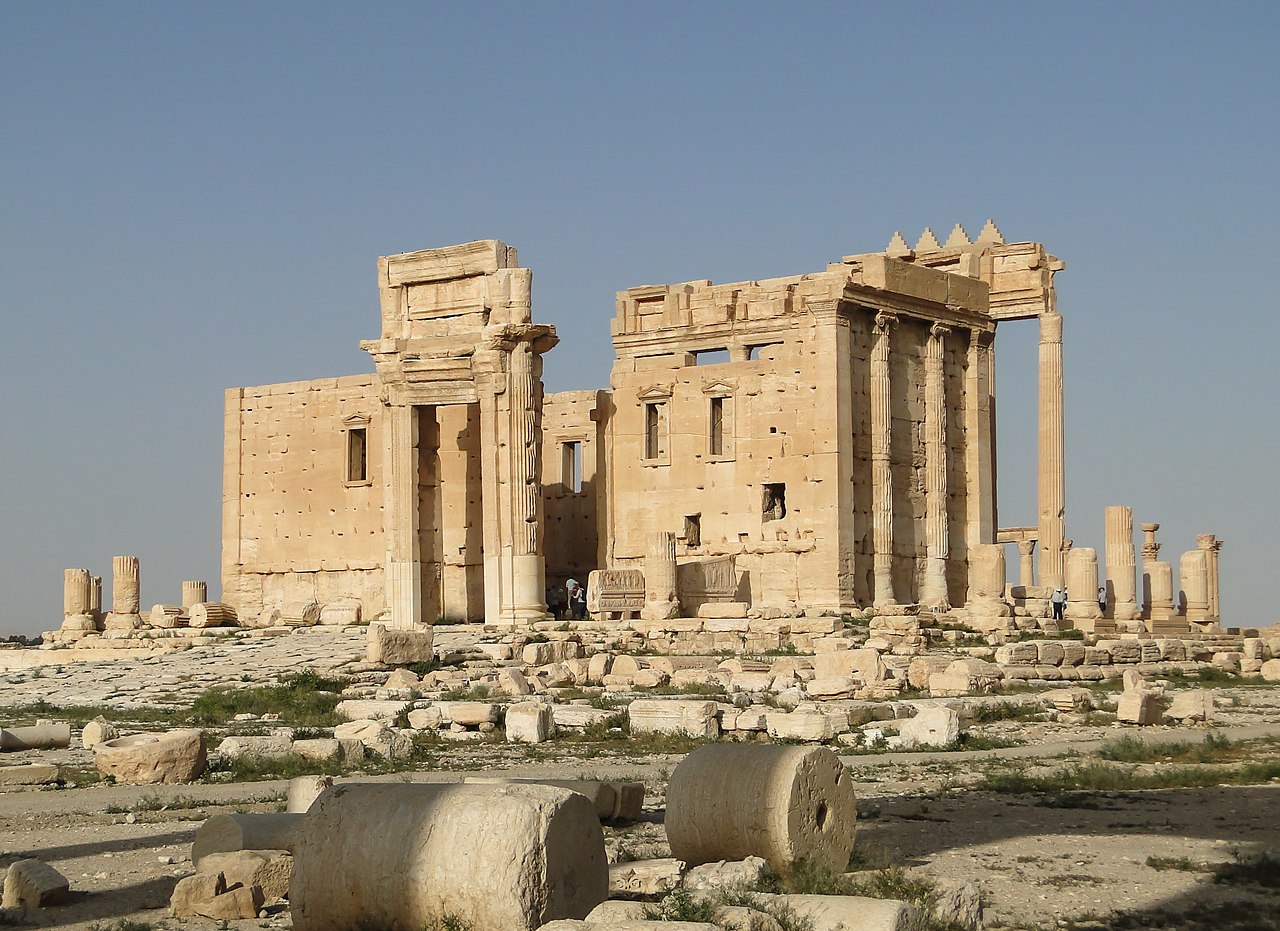Research Marduk's Ordeal tablet in the British Museum
From a stone tablet discovered in Nineveh, Assyria, and
dated 700 B.C., now housed in The British Museum,
and referred to by British Museum officials as the
Marduk's Ordeal tablet (thanks to British Museum
official Christopher Walker for this information and
photocopies of translations by S. Langdon and S. A.
Pallis of the Marduk's Ordeal tablet), and by me as The
Assyrian Bel Myth Tablet, we get a version of the
Assyrian Babylonian Bel (Bel-Marduk or Marduk-Bel)
myth in which the god Bel is arrested, tried, judged,
scourged, executed, and resurrected and thus are
similar to the mythical elements of the last days of the life of Jesus found in the Jesus myth.
Critics should remember that the mythical elements of the Bel-Marduk myth are literally carved in stone on Marduk's Ordeal tablet/Assyrian Bel Myth Tablet which
stands as an original source of mythical elements of the Bel-Marduk myth." It's dated and can't be denied is plagiarized as one in the same mythology death scene.
http://www.bobkwebsite.com/belmythvjesusmyth.html
described in a passion play in which:
(1) Bel is taken prisoner;
(2) Bel is tried in a great hall;
(3) Bel is smitten;
(4) Bel is led away to the Mount (a sacred grove on a
hilltop);
(5) with Bel are taken two malefactors, one of whom is
released;
(6) After Bel has gone to the Mount and is executed,
the city breaks into tumult;
(7) Bel's clothes are carried away;
(8.) Bel goes down into the Mount and disappears from
life;
(9) weeping women seek Bel at the Tomb;
(10) Bel is brought back to life.

